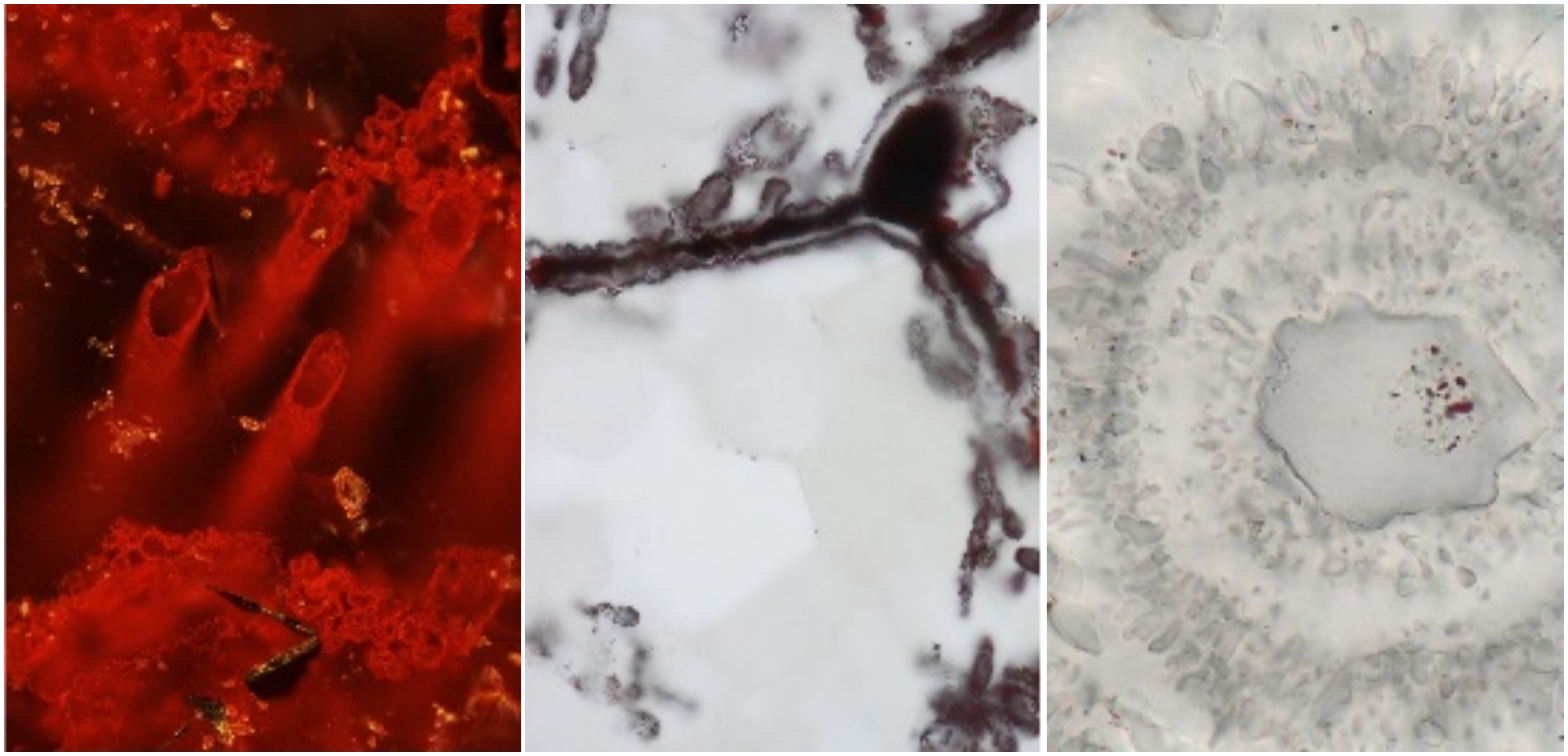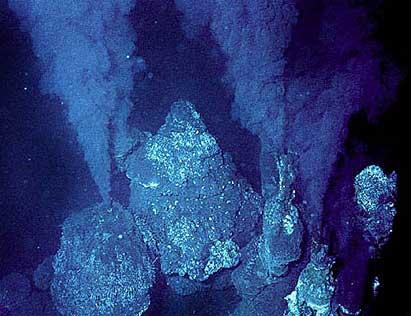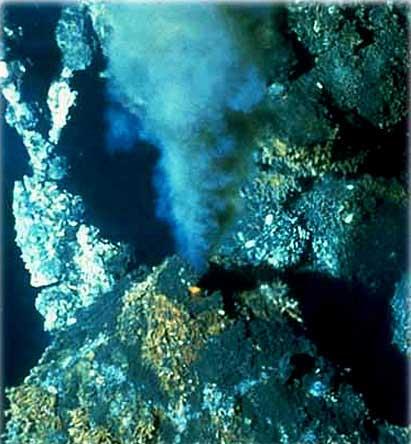Some rocks of hydrothermal springs find some of the oldest remains of life
2017/03/01 Etxebeste Aduriz, Egoitz - Elhuyar Zientzia Iturria: Elhuyar aldizkaria

Fossil remains of microorganisms of at least 3,770 million years have been found in rocks that constituted a hydrothermal source of the marine background. They would be the oldest remains of the known life. The finding has been announced in the journal Nature.
Remains have been found in the rocks called Nuvvuagittuq belt, northeast of Canada. According to previous dates, these rocks are between 3,770 and 4,290 years old, and are then considered hydrothermal springs of the marine background. In these rocks, pipes and structures have been found in the form of filament, similar to those produced by microorganisms that habitually live in the hydrothermal springs of the marine background. In addition, other biological activity indicators have been found, such as iron oxide granulates and carbonate rosettes.
A few months ago we met the 3,700 million stromatolites found in Greenland. They were traces of microorganisms that lived in shallow waters of the coast. These two discoveries suggest that life for this time was diverse and that it was well extended in the sea, from shallow waters of the coast to the hydrothermal chimneys of the seabed.

Gai honi buruzko eduki gehiago
Elhuyarrek garatutako teknologia




